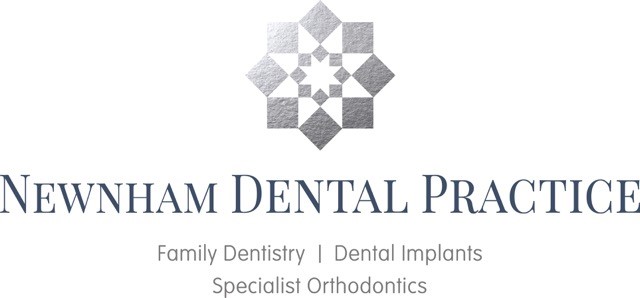If you have ill-fitting dentures, you already know how frustrating it can be, and how it can take a serious toll on your self-esteem.
There’s no need to fret or panic if you’ve got denture problems. You can fix loose dentures with a few simple steps so your smile can return to its original glory.
Read on to learn more about how to fix loose dentures so you can get your smile and your confidence back!
Problems with Loose Dentures
There can be several reasons why your dentures are suddenly not fitting the way they used to. For the most part, age and wear are common causes that can be easily fixed with a few simple tweaks.
If your dentures are starting to look and feel worn, that’s probably because they are too loose. Your bite might start to feel weird, and you may be having difficulty with chewing and eating.
A visit to the dentist can help determine exactly what’s going on with your dentures. They may decide to make new ones, or they could reline or refit the existing ones to save you money.
When your full dentures start to come loose after years of wear, it may be time for a professional relining. As you age, you can also experience tissue and bone loss, including the bone in your jaw. Once the bone and oral tissue begin to deteriorate, the dentures won’t fit as snugly as they once did.
For most people, the upper dentures tend to stay snugger than the bottom ones. That’s because your lower dentures have a larger surface area where they’re exposed to food and chewing.
Talk to your dentist about a relining procedure to see if this will get the dentures back in place without a full replacement
Denture Relining
When you visit your dentist, they’ll take a closer look at the damage to your dentures and how they are fitting. A temporary reline might work, and this will at least keep them in place for the time being.
With a temporary reline, the dentist adds a layer of material under the denture in your mouth while you’re sitting in the chair. They will take an impression of the denture using a moldable material.
The moldable material will harden and fill the void where any bone or oral tissue has decreased. This mold now fills the void in your mouth and keeps your loose dentures more stabilized.
A permanent reline is another option that will last much longer. This technique involves using a material that’s added directly to the denture in your mouth, similar to the temporarily reline process.
The difference is that with a permanent reline, your dentures will be sent off to a lab where the temporary material is then replaced with a more permanent denture material. This option is much longer-lasting, however, you should expect to be without your dentures for a few days while they’re sent off to the lab.
If your dentist believes that a relining will work, you can avoid having to get brand-new dentures. In some cases, they may determine that a temporary or permanent reline is not enough and you’ll need to get all-new dentures.
Adhesives are a Quick Fix
If you have ill-fitting dentures and you’re desperately in need of a fast solution, adhesives could work. These special adhesives are made to work in the mouth to keep your dentures in place.
Denture adhesives come in the form of creams, pastes, and powders. You might have to experiment with several brands and different formats until you find the one that works best for you.
Only apply adhesives to your dentures after they’ve been fully cleaned. Moisten the dentures, then apply the powder format to get them to stick. For paste or cream, the dentures should be dry before application.
When you put adhesives on your dentures, only use a small amount and dot it on the backside, using as little as possible. Never apply adhesives more than once per day.
Keep in mind that the adhesive method is just a temporary fix, and you’ll still need to see your dentist for a more permanent solution.
Implant-Supported Dentures
Another alternative for loose dentures is a removable form that are implant-supported. These dentures are stable and stay in place since they’re attached to false teeth that are anchored to the jawbone with dental implants.
Think of these dentures as using a ball and socket or a clip that stays in place using the implants on each side of your mouth. You may need up to five implants in order for these dentures to stay secure.
And while they may cost more upfront, both the bar-retained and ball and socket form of dentures will stay snugly in place for a long time. You can remove these dentures at night to clean them just like you would with traditional dentures.
Speak with your dentist about this option to find out if it will work for you. There’s always something you can do about loose dentures, but you’ll need advice from a professional who can guide you toward the right choice.
Don't Lose Hope
Having loose dentures isn’t the end of the world. There are quite a few options you can try to keep them snugly in place for more comfortable wear.
Don’t let your loose dentures dull your smile. Talk to your dentist about relining, getting new dentures, or trying the implant-supported method for a brand new smile you’ll love.
For all your dental care needs author get started with dental implants please contact us today on 01353 667 200

